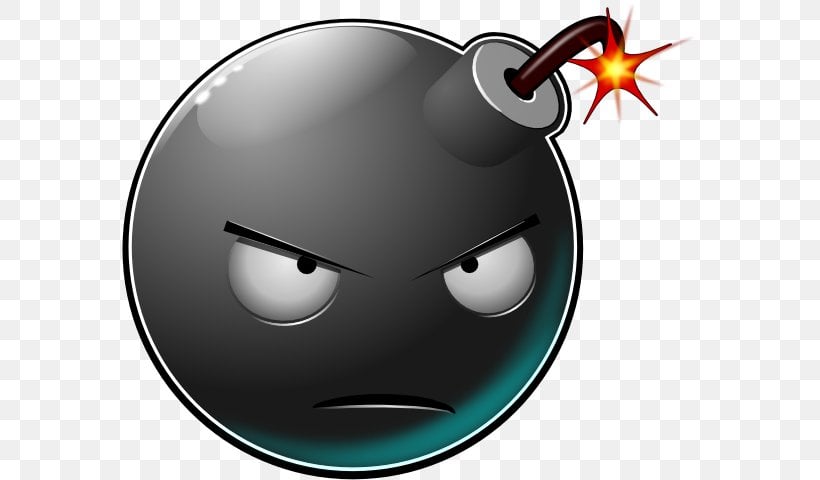The sun dial worked during daylight, but how did people agree on what time it was at night before clocks were invented?
One method was the use of candle clocks.
Jynx, you owe me a soda!
They did. Also Water clocks.
- Just don’t use them at the same time next to eachother, == no_clock
From my larping experience
-
Moon position, it’s not as reproducible as the sun, but you can really see the moon moving through the sky.
-
Light, especially in summer, it starts to get night around 22, is pitch black at midnight around 3-4 you start to guess some light in the sky, at 5 it’s not day yet but you can see without a torch, and at 6 it’s bright.
-
Candle and fire-pit aren’t objective clock, but still a way to evaluate how much time has passed.
It’s funny you say candle, because there were actually fire clocks that were very accurate. They couldn’t tell you what time it was, but they could tell you very accurately how long they had been burning. If lit before nightfall and timed with a sundial, they were capable of rather precisely telling what time it was at night.
Similarly, sand clocks have been a thing for thousands of years. Think hourglass, but with different size holes and made of different materials with larger volumes.
They’re post is almost completely backwards. Early alarm clocks were nails put into the side of predictably burning candles, that would fall out when it burned down to a certain point, which would happen at a predictable time.
Additionally, while you could probably tell the time from the moon, that would require it actually being up that night/time and then understanding a lot of complicated things about it’s motion around us to have any sort of accuracy. I bet only a few astronomers have even been able to do this. Also it would be 100% reproducible because it’s not like the moon makes random movements, it’s perfectly predictable.
Would it be that complicated if people knew the lunar cycle, especially since the lunar cycle is fairly static? Not everyone I’m sure but those that needed a better time would probably understand and pass that knowledge along for the night folk. Of course depends when in technology we’re talking but I’d assume we humans understood those cycles pretty early for our survival, not in depth but they got the idea the lunar cycle didn’t change like the seasons did and adjust as needed. I haven’t read up on it so I’ll be glad to hear more info.
The issue with using the lunar cycle for timekeeping at night is that the moon is not always visible in the sky at night. It is also not at the same spot in the sky every night, so the math on describing the time based on moon position is actually pretty complex, and unreliable for a consistent overnight clock. You might think that tides could be used as well, but it that is even more complex. In fact, some of the first analog computers were created to do the calculus required to solve the question of timing and tides.
We think sand clocks have only been in use since the middle ages, and the reason they were invented is pretty interesting. (At least in Europe; I’ve looked into this before and couldn’t find any other sources, but I may just not have looked hard enough).
For reasonably accurate time keeping, people had been using water clocks since at least the 16th century BCE. Basically the same idea as a sand clock, but water, which was slightly easier to feed into a reservoir. We don’t think sand clocks really saw any use until the 13th or 14th century CE. Mostly, people needed to keep more accurate time on ships as oceanic voyages became more common, but the movement of the vessel messed up a water clock too badly to be useful, and pendulums had the same problem. So, enter a sand clock! Basically the same idea as a water clock, but way less prone to errors from the ship’s movement.
(edit: some spelling)
Ooo, you touched on one of my favorite clock history tidbits, Maritime timekeeping. It is so fascinating. Like, the only reason spring-driven rotational oscillation mechanisms were invented was for maritime clocks. They were needed for accurate longitudinal calculations and really enabled the whole golden age of sailing. (yes, I am leaving out the Peloponnesian peoples, but they are a super awesome topic for another post)
More accurate than moon position would be the position of the stars. Throughout the year, the stars around the Earth remain the same but as the Earth orbits the Sun, the Sun appears to be “in” different constellations as the Earth rotates, but it rotates at the same rate during the night as during the day. Each star rises and sets just like the Sun does, so by knowing which stars rose just as the Sun set, you can figure out the approximate time (approximate because it changes through the year).
Alternatively, the North Star and the stars around it appear to rotate once per day, so you could check the orientation of those stars to determine time, again by noting which part points towards the Sun.
The main interest of the moon position is that it’s a bright object, everybody knows. No need any specific knowledge. Now that while you had this conversion the moon moved a lot, so expect that so many hour have passed. It’s rough but sufficient
-
THE Big Dipper’s angle can be used to tell time at northern latitudes. It stays in the sky all night. I was told by a Blackfoot elder that they used it as a clock on clear nights.
The position changes with both time of night and time of year. Regular observers can tell time by the angle the constellation sits at.
Not sure how accurate this is, but in The Name of the Rose, some monks stay up all night chanting so that they can wake up the other monks for morning prayers. So, the night monks chant a Hail Mary X number of times, and that takes them Y amount of time.
By analyzing how the values on the Sun Dial would change throughout the year due to the precession of the Earth’s axis, you can infer the length of night. However, once we realized that quartz is really good at defining a second, we were able to use oscillation as a means of telling time without sunlight.
Quartz? Quartz clocks are about 100 years old. You make it sound ljke we went from sundials to Casios lol. Mechanical clocks are around 1800 years old. Pendulum clocks around 500 years old and spring mechanical slightly younger.
If spring and pendulum clocks were only invented after 1300 years of clocks existing, how did clocks work before? Powered by a weight pulling down that has to be lifted back up every so often?
By looking at sun dial
Moon, stars, depends how accurate they want to be.
eg: Go to bed at sunset; meet me at moonrise; festival starts when some constellation rises over the mountain.
Easy peasy, they didn’t
They actually didn’t for the most part, hour level divisions were mostly for the sake of tracking time in the daytime, when having that level of precision could be important for things like jobs or time sensitive tasks, but at night all that really mattered was that you got to bed with enough time to get a full night’s sleep.
When the ghosts came out, then it was the middle of the night… booooh!
They didn’t. They went to sleep shortly after dark, woke up around midnight to fuck and eat, then went back to sleep until dawn. For hundreds of thousands of years.
I’ve been living in the future but I should’ve been living in the past
The future is then now!
Removed by mod
Star movements probably. They also knew how long certain things would burn for. There were even candles that would be marked specifically for hour counting.
Yup, the ancients loved stars. It was strangely common for multiple cultures to create these weird observatories that were mostly for observation of a single star associated with different seasons.
Mechanical options were usually used by people trying for some form of efficiency either social or to mark distance. Marking time on ships was very important for accurate mapping for instance.
As for most of society meeting up at a given time just took longer as everything was more of a rough estimate. Some of the accounts have been guessed at as people didn’t write details about how they approached time down. It’s been hazarded that the day marked your doing productive stuff period and you set out your routine for days in advance so people knew where to find you if not exactly when you’d be doing it. Evening was your social planning time where you’d meet up and share details of your to do list with the people who needed to know.
I once spent a week with a whole bunch of people camping on a big property for a Medieval recreation event where we had volunteer work to do on the property and agreed to attempt to explore time as our ancestors knew it. We all ditched our watches for two weeks. It was actually generally fairly relaxing? Everything moved a little slower but not by that much. There wasn’t any way to have much anxiety about not being precise so you just got used to people showing up during a wider span. If there was somewhere people needed to be around a specific time the person hosting the event just dispatched some runners to the places you knew people were going to be and people became more conversational as they passed along info. Actually very basic conversation had a lot more interest because passing along knowledge of what you knew was happening elsewhere became an actual topic of combined mutual interest instead of very boring comparisons of time tables.
That type of event sounds fun
It very much was! There were construction projects, games tournaments, arts… You’d think that the absence of clocks meant that people would be habitually miss things but I don’t think people did more than usual.
Now I want to do that…
I recommend it. Experiencing that kind of temporality made me realize how much the mass adoption of clocks impacts our experiences. I never expected the degree to which I would pay more attention to the people around me.
Candle clocks were one method. However an hourglass/sandglass was probably the most common due to its simplicity and consistency.
Bro why you trying to divide the day into so many chunks the industrial revolution hasn’t happened yet just go to bed
yeah, i need to. good call 👍
Sleep until you get woken by the cock
Woah, history is a lot cooler than I tho– oh the bird
How did you imagine it otherwise ? Wait i don’t wanna know .
nope. inappropriate.







